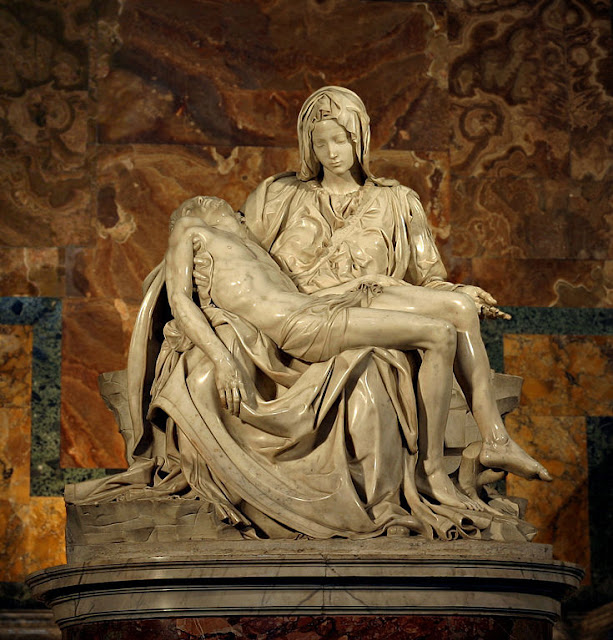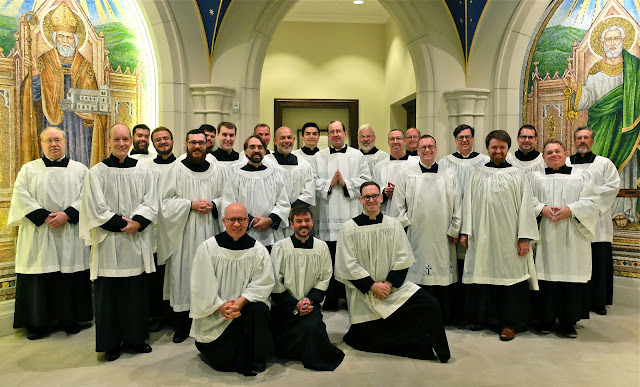The Rail: Encountering the Holy
The opening lines from an article by Fr. Jerry J. Pokorsky. Read more at the link above.
The traditional Communion rail has functional and sacramental purposes. It distinguishes the sanctuary from the nave and the priest from the people. The architectural logic of the Communion rail symbolizes the sacred (“set apart”) and ministerial priesthood with the priest offering Mass as a mediator in Christ the Head. The priest, as male, images Jesus as the Divine Bridegroom in union with His beloved Church. And he feeds the Bride of Christ at the Communion rail, from the “table of the Lord.” Bride and Bridegroom are distinct but never divorced.
The Communion rail accentuates the sanctuary as the “Holy of Holies” hearkening back to Jewish worship. The Mosaic Law dictates the preparations of an Old Testament priest – cleanliness, vestments, offerings – for entry into the “Holy of Holies.” (Lev. 16:2-5) Saint Luke illustrates the role of the priest as God’s sacred mediator: Zechariah worships in the temple burning incense as the people support him in prayer. (Luke 1:8-11).
.jpg)





Comments
Post a Comment
Your comments will be appreciated and posted if 1) they are on topic and 2) preserve decorum.
Stand by your word.